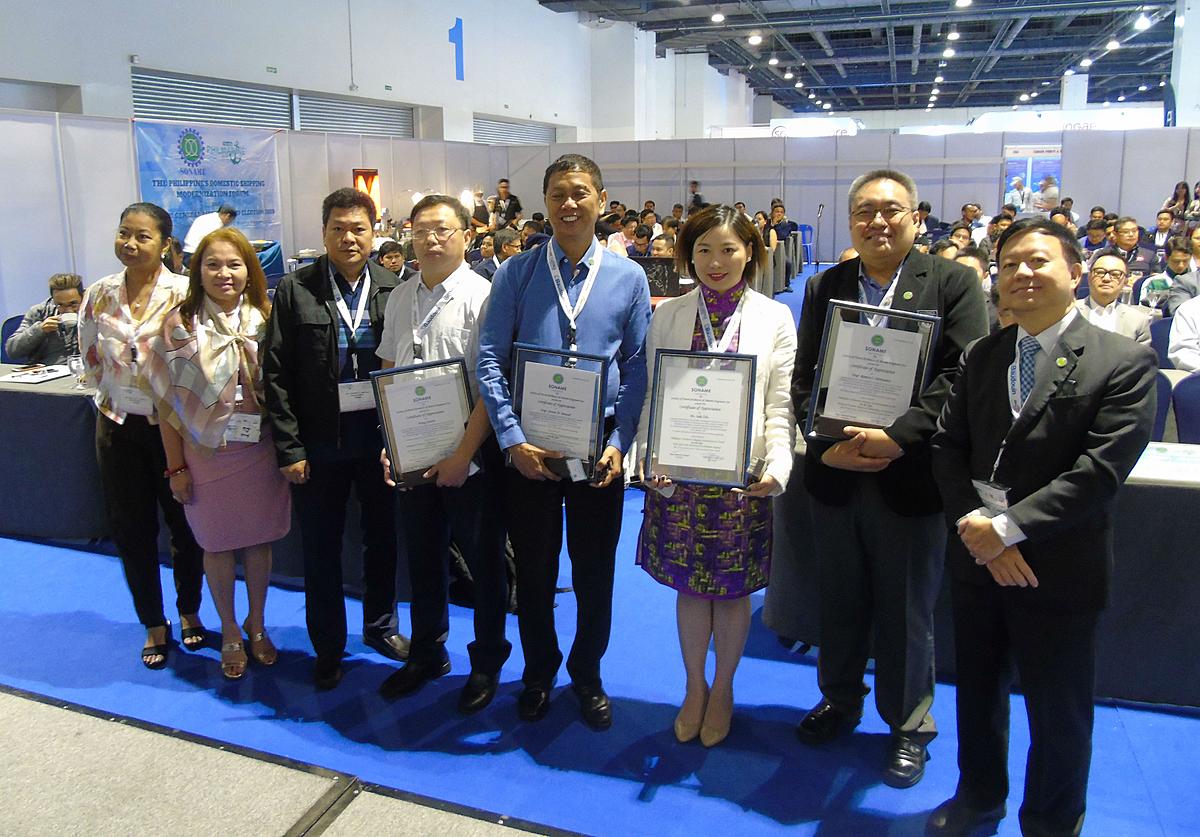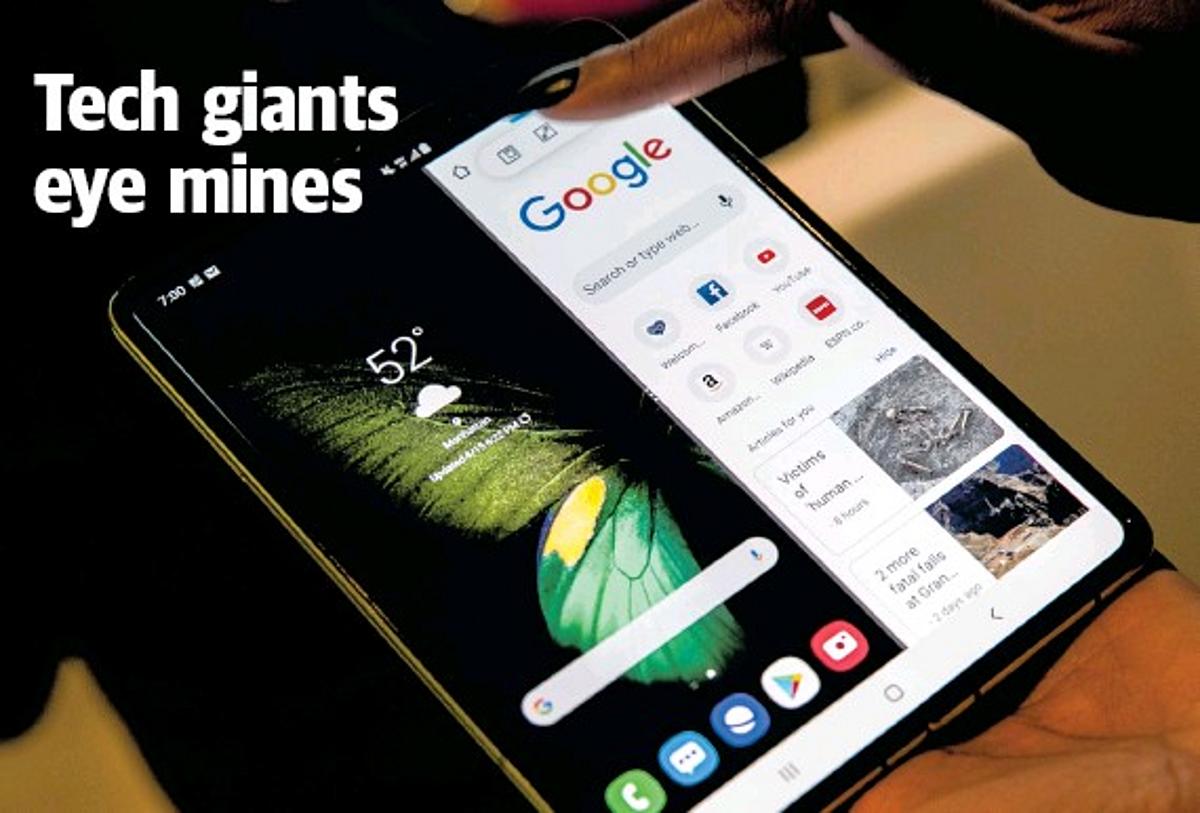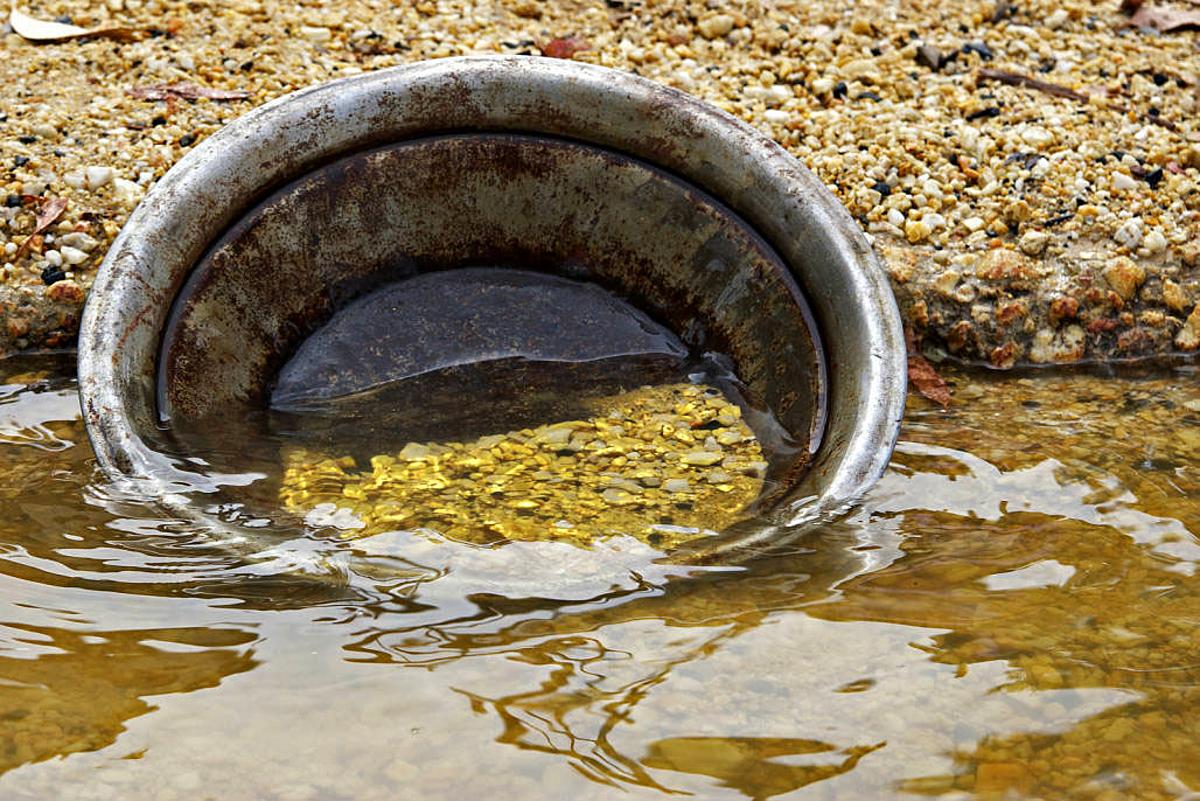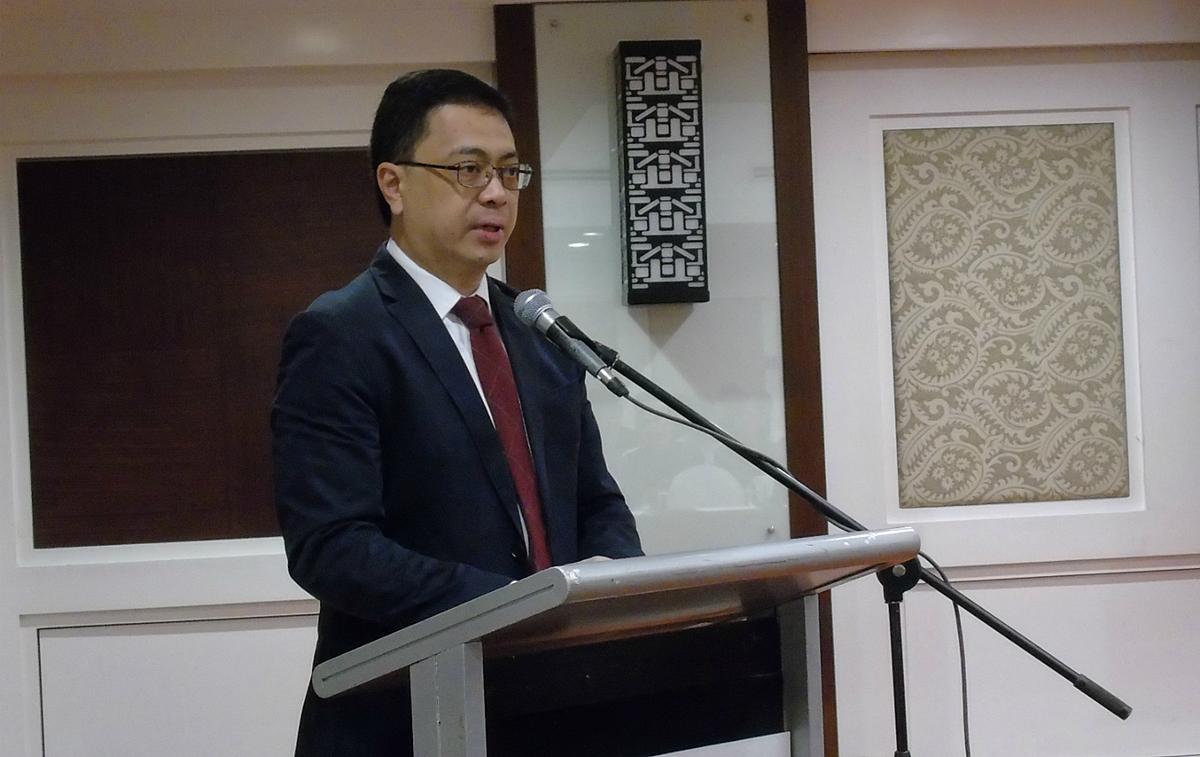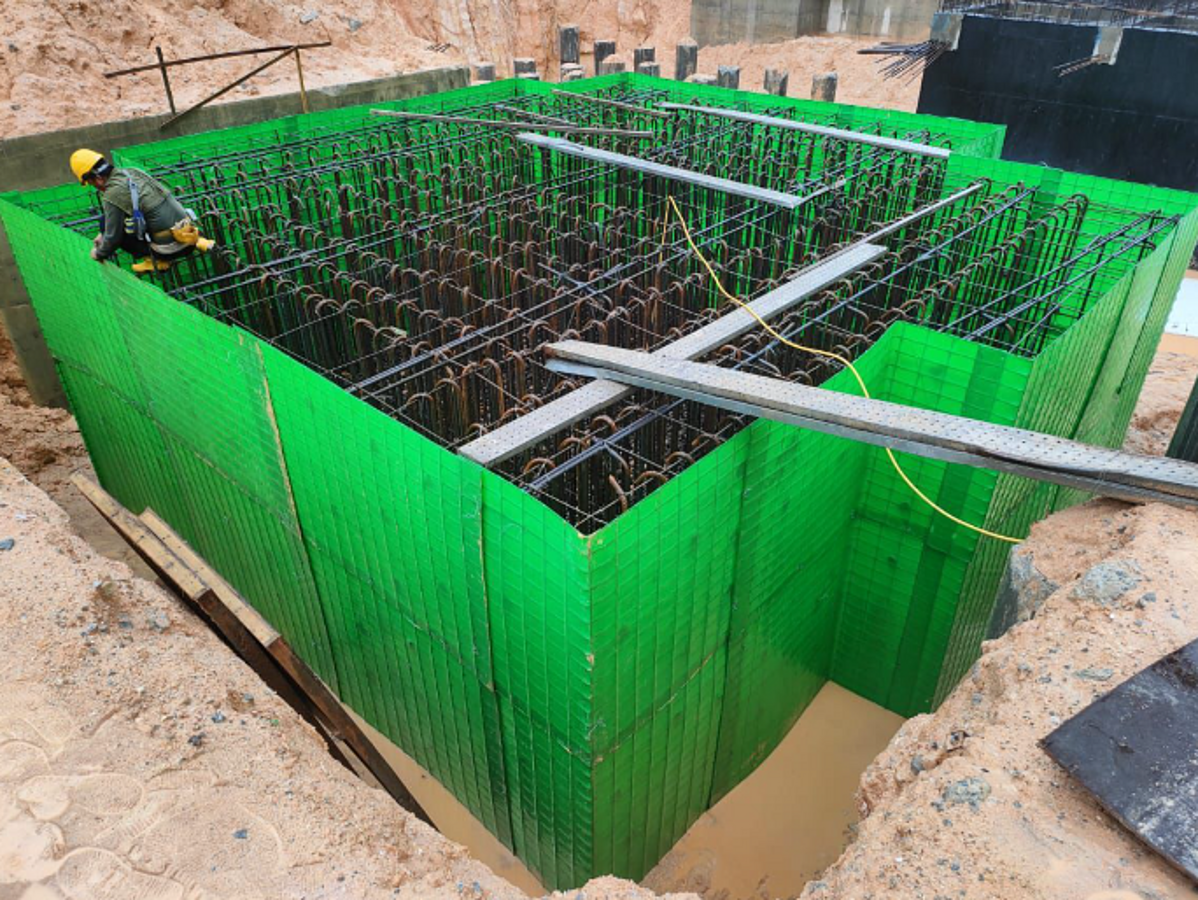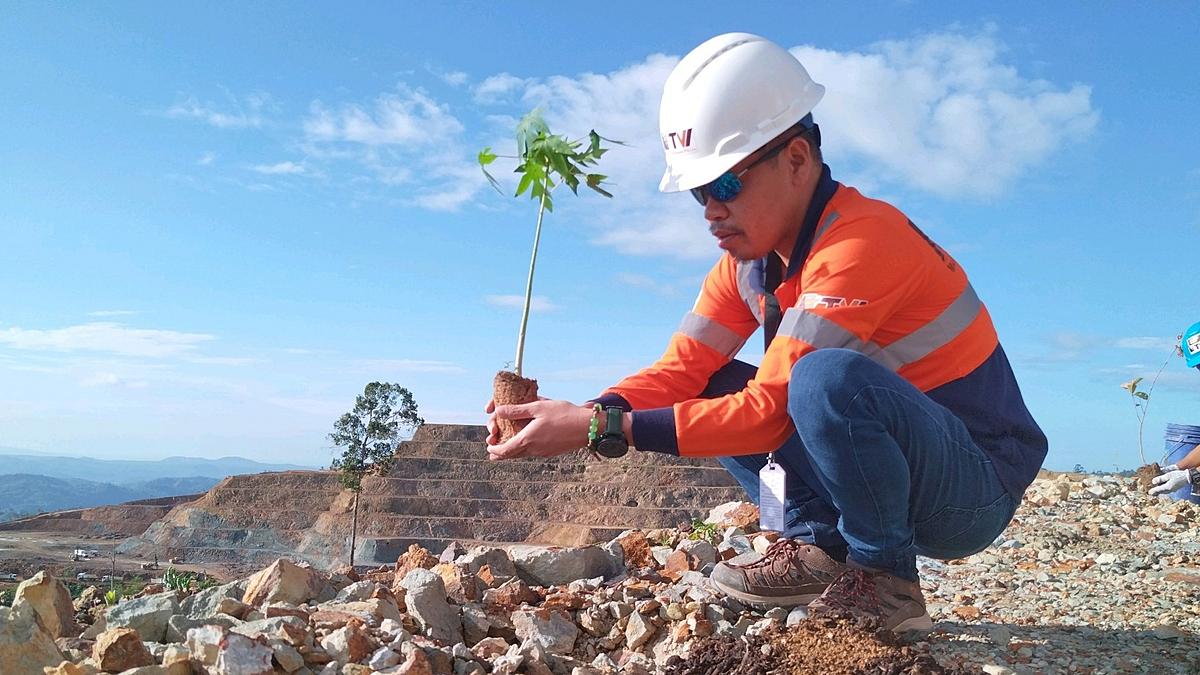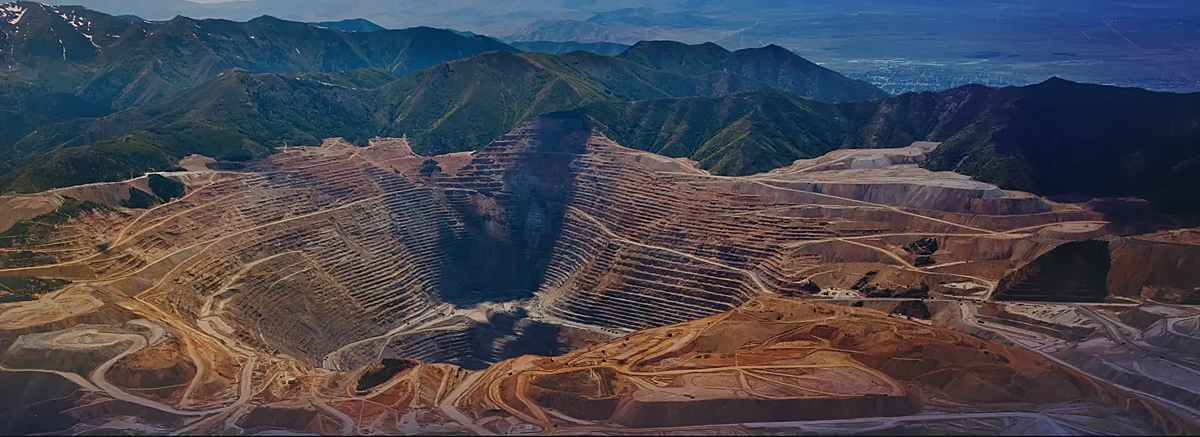(Photo by Marcelle P. Villegas)
18 - 20 June 2019 - Oil and Gas Philippines is co-located with PhilMarine 2019 at the SMX Convention Center, Pasay City. This is an annual three-day event that features products in the oil and gas sector, fire protection systems and materials, flare systems and equipment, electromechanical equipment, ships, boats, vessel equipment and services, and more! Maritime Industry Authority (MARINA) hosted the PhilMarine 2019 and their theme is “Continuous Quality and Productivity Improvement in the Shipbuilding and Ship Repair Sector.”
On day 1 at the 6th PhilMarine 2019 International Maritime Exhibition, the Maritime Industry Authority Technical Conference was held. Also on this day, the MARINA signed an agreement with a Japanese association to adopt Japanese technology in the manufacturing of resources for the Philippine shipbuilding and ship repair industry (SBSR). The cooperation agreement was signed by Vice Admiral Narciso Vingson, Jr (MARINA Officer in Charge) and Chairman Shinzo Yamada of Japan Ship Machinery and Equipment Association (JSMEA). [1]
“With Japan’s latest technologies and expert strategies, it has sufficient machinery and technical skills to discover and provide solutions to challenges. We hope that this cooperation agreement between the MARINA and JSMEA will aid us in building a solid ancillary industry for SBSR sector, which will generate jobs for millions of Filipinos... Together, let us achieve a mutual progress of having a flourishing Philippine maritime industry.” he stated. [1]
Vice Admiral Vingson said that this agreement will open new opportunities for partnership in investments between the Japanese and Filipino businesses. This will give local shipbuilders an easy access to good quality shipbuilding and ship repair materials.
He also stated that the objective of the Maritime Industry Development Plan (MIDP) will be more feasible now since locally manufactured resources are already within reach. “So, in 10 year, hopefully, the programs under the MIDP are no longer plans, but tangible results.”
Mr Yamada said, “We believe that with the MoU (memorandum of understanding), it would bring a solid relationship between MARINA and JSMEA and a good relationship between the Philippines and Japan.” He noted that the Southeast Asian maritime market is important to JSMEA. Thus, he hopes that his company will be able to provide progress in the maritime industry in the Philippines. [1]
PhilMarine 2019 is the only specialised event in the Philippines that brings together an international array of maritime, shipbuilding, offshore, oil and gas naval defense, and other supporting industries to showcase the latest developments in the maritime industry. The objective is to improve the current shipbuilding, technology and equipment and to maintain the Philippines’ ranking as the world’s 5th largest shipbuilding nation.
On day 2, “The Philippine’s Domestic Shipping Modernization Forum and SONAME General Assembly and Election” was held. This was hosted by the Society of Naval Architects and Marine Engineers, Inc. (SONAME). Welcome Remarks were given by Engr. Sammuel T. Lim, Chairman of SONAME. Some of the topics presented were:
- “Philippine Domestic Shipping & Shipbuilding Situation: by Engr. Ramon C. Hernandez (Director, Shipyard Regulations Service, Maritime Industry Authority)
- “High-Speed Craft Technologies for Philippine Shipping” by Ms Julie Zhu, General Manager, Pio-Ship Design & System Integrate and Harbin Engineering University Ship Equipment & Technology Co. Ltd.
- “Probabilistic Damage Stability - Case Studies for Philippine Ferries” by Engr. Jerome M. Manuel (Pres., PRS Tech)
- “The Shipbuilding Cooperation between Philippines and China” by Mr Wang Xiaohal (Vice General Manager, China Shipbuilding Trading, Co. Ltd. - Shanghai)
On day 3, the 146th Maritime Forum and Exhibitors Night were held.
The PhilMarine 2019 had attendees from 20 countries. There were 152 companies/exhibitors who participated at the 6,500 square meter exhibition space. Of note, 60% of the companies in the exhibit have already renewed their participation for 2020.
The event was organised by Fireworks Trade Exhibitions and Conferences Philippines, Inc. This company is a part of Fireworks Trade Media Group, one of Asia’s largest independently owned trade media companies.
Reference:
[1] Factao, Genevi. (19 June 2019). “Pro-ship sector agreement signed”. The Manila Times.

